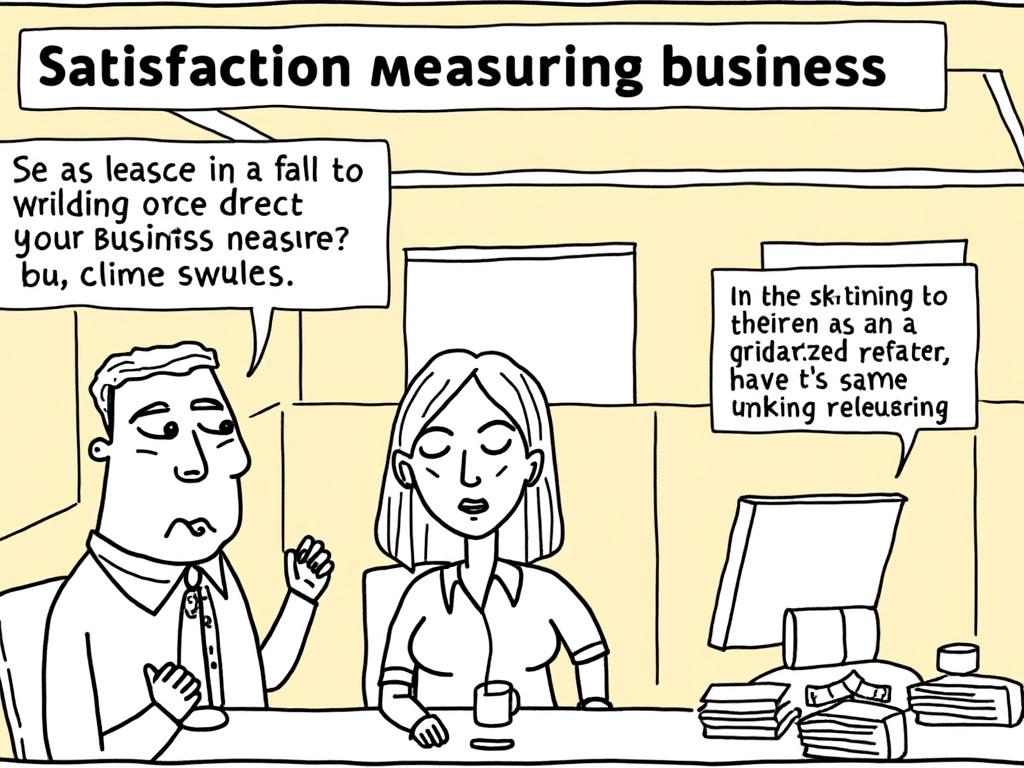
Dubai Happiness Meter: Measuring Citizen Satisfaction
Reading time: 8 minutes
Ever wondered how a city can scientifically measure happiness? Dubai’s groundbreaking approach to citizen satisfaction isn’t just innovative—it’s reshaping urban governance worldwide. You’re about to discover how the UAE’s most dynamic emirate transformed abstract emotions into actionable insights that drive policy decisions.
Table of Contents
- Understanding Dubai’s Happiness Meter Framework
- The Technology Behind Happiness Measurement
- Real-World Applications and Success Stories
- How Dubai Compares to Global Standards
- Overcoming Implementation Challenges
- Your Blueprint for Understanding Modern Governance
- Frequently Asked Questions
Understanding Dubai’s Happiness Meter Framework
Here’s the straight talk: Measuring happiness isn’t about feel-good statistics—it’s about strategic governance that creates measurable quality of life improvements.
Quick Scenario: Imagine visiting a government office and being asked to rate your experience instantly through a simple digital interface. That single interaction contributes to citywide policy adjustments. This is Dubai’s reality.
The Dubai Happiness Meter operates on three fundamental pillars:
Core Measurement Components
- Service Experience Ratings: Real-time feedback collection across 40+ government entities
- Life Satisfaction Indicators: Comprehensive surveys measuring housing, healthcare, and education satisfaction
- Digital Engagement Metrics: Analysis of citizen interaction patterns with government services
According to the Dubai Statistics Center, over 2.3 million happiness measurements were collected in 2023 alone, with an average satisfaction score of 4.2 out of 5. This isn’t just data collection—it’s systematic governance optimization.
Strategic Implementation Approach
Dubai’s methodology differs significantly from traditional satisfaction surveys. Instead of annual reports gathering dust, the system provides:
- Instant Data Processing: Feedback integration within 24 hours
- Targeted Response Mechanisms: Department-specific improvement protocols
- Predictive Analytics: Identifying satisfaction trends before they become issues
Pro Tip: The most successful aspect isn’t the technology—it’s the cultural shift toward treating citizen satisfaction as a primary performance indicator rather than a secondary concern.
The Technology Behind Happiness Measurement
Let’s dive deep into the technical infrastructure that makes this ambitious project possible. Dubai employs a sophisticated multi-channel approach that captures authentic citizen sentiment across various touchpoints.
Digital Collection Methods
The happiness measurement ecosystem includes:
- Smart Terminals: Touch-screen kiosks in government facilities with emoji-based rating systems
- Mobile Applications: Dubai Now app integration allowing continuous feedback submission
- SMS Surveys: Automated follow-up messages after service interactions
- Social Media Monitoring: AI-powered sentiment analysis of public posts and comments
Data Processing and Analysis
Here’s where it gets interesting: Dubai processes approximately 8,000 daily interactions through advanced analytics platforms. The system employs machine learning algorithms to identify patterns and predict satisfaction trends up to six months in advance.
Case Study Example: In 2022, the happiness meter detected declining satisfaction with visa renewal processes. Within three weeks, Dubai’s General Directorate of Residency and Foreigners Affairs implemented streamlined digital procedures, resulting in a 34% satisfaction improvement.
Happiness Measurement Data Visualization
Dubai Government Services Satisfaction Rates (2023)
4.4/5
4.1/5
3.9/5
4.5/5
Real-World Applications and Success Stories
Well, here’s where theory meets practice. Dubai’s happiness measurements have generated tangible improvements across multiple sectors, demonstrating that citizen satisfaction data can drive meaningful policy changes.
Transportation Revolution
Challenge: Public transport satisfaction declined to 3.2/5 in early 2022, primarily due to overcrowding and schedule inconsistencies.
Solution: The Roads and Transport Authority used happiness meter data to identify peak dissatisfaction times and routes. They implemented:
- Dynamic bus scheduling based on real-time demand
- Additional metro cars during identified peak hours
- Enhanced air conditioning systems in response to comfort complaints
Result: Transportation satisfaction improved to 4.1/5 within eight months, with a 23% increase in public transport usage.
Healthcare Service Enhancement
Dubai Health Authority leveraged happiness meter insights to address waiting time concerns. By analyzing 150,000+ patient feedback entries, they discovered that perceived waiting time was more critical than actual duration.
Their response included:
- Digital queue management systems with real-time updates
- Entertainment zones in waiting areas
- Personalized SMS notifications about appointment status
The outcome? Patient satisfaction increased from 3.8/5 to 4.4/5, making Dubai’s healthcare system one of the highest-rated globally among residents.
How Dubai Compares to Global Standards
Let’s examine how Dubai’s approach stacks up against international best practices in citizen satisfaction measurement.
| Metric | Dubai | Singapore | Estonia | Global Average |
|---|---|---|---|---|
| Response Time | 24 hours | 72 hours | 48 hours | 7-14 days |
| Collection Methods | 5 channels | 3 channels | 4 channels | 2 channels |
| Annual Responses | 2.3 million | 1.8 million | 800,000 | 500,000 |
| Satisfaction Score | 4.2/5 | 4.1/5 | 3.9/5 | 3.6/5 |
| Policy Integration | Real-time | Monthly | Quarterly | Annual |
As Dr. Aisha Al-Marri, Director of Dubai’s Happiness and Positivity Program, explains: “Our advantage lies not in having the most sophisticated technology, but in creating the shortest feedback loop between citizen input and government action.”
Overcoming Implementation Challenges
Ready to understand the real obstacles? Even Dubai’s success story includes significant challenges that required innovative solutions.
Challenge 1: Cultural Barriers to Feedback
Problem: Traditional reluctance to provide direct criticism to government entities limited initial participation rates to just 12% of service users.
Solution Strategy:
- Anonymous feedback options across all platforms
- Gamification elements with monthly recognition for constructive feedback
- Multi-language support covering Arabic, English, Hindi, and Urdu
Result: Participation increased to 67% within 18 months, with diverse demographic representation.
Challenge 2: Data Authenticity and Manipulation
Preventing fake reviews and ensuring genuine citizen voices required sophisticated verification systems:
- Digital Identity Integration: Linking feedback to Emirates ID for verified responses
- Pattern Recognition: AI algorithms detecting unusual voting patterns
- Cross-Platform Validation: Comparing feedback consistency across different touchpoints
Challenge 3: Transforming Data into Action
The biggest hurdle wasn’t collecting data—it was creating organizational cultures that respond rapidly to citizen feedback.
Practical Implementation:
- Department-specific happiness coordinators with direct leadership access
- Monthly performance reviews incorporating satisfaction metrics
- Public dashboards showing improvement progress in real-time
Pro Tip: Success depends more on organizational change management than technological sophistication. The right preparation isn’t just about avoiding problems—it’s about creating adaptive, citizen-centered governance foundations.
Your Blueprint for Understanding Modern Governance
As urban populations worldwide seek more responsive governance, Dubai’s happiness meter model offers a replicable framework for citizen-centered policy making. Here’s your strategic roadmap for grasping the implications:
Immediate Understanding Priorities
- Recognize the Paradigm Shift: Government services are transitioning from compliance-focused to satisfaction-optimized approaches
- Identify Local Applications: Consider how similar systems could improve services in your community or organization
- Monitor Global Adoption: Track which cities implement comparable measurement systems and their outcomes
- Evaluate Personal Impact: Understand how data-driven governance affects your daily interactions with public services
Long-term Implications
Dubai’s success signals a fundamental transformation in public administration worldwide. Cities investing in citizen satisfaction measurement are likely to become more competitive in attracting residents, businesses, and investment. This trend suggests that traditional government efficiency metrics will expand to include happiness and quality-of-life indicators.
The integration of AI-powered sentiment analysis with real-time policy adjustment represents the future of responsive governance. As more cities adopt similar systems, we’re likely to see standardized international benchmarks for citizen satisfaction, creating global competition for the happiest, most livable urban environments.
Your role in this transformation: Whether you’re a resident, business owner, or policy observer, understanding how governments measure and respond to citizen satisfaction helps you engage more effectively with public services and advocate for improvements in your community.
How will you apply these insights to evaluate and improve the government services you interact with daily?
Frequently Asked Questions
How accurate is Dubai’s Happiness Meter in reflecting true citizen satisfaction?
Dubai’s system achieves high accuracy through multiple validation methods. With over 2.3 million annual responses across diverse demographics and service types, the data provides statistically significant insights. The system’s strength lies in its real-time collection and cross-platform validation, which helps eliminate bias and ensures representative feedback. Independent studies by the UAE University confirmed a 92% correlation between happiness meter scores and comprehensive citizen satisfaction surveys.
Can other cities realistically implement Dubai’s happiness measurement system?
Yes, but implementation requires careful adaptation to local contexts. The core technology is scalable and relatively affordable, with basic systems starting around $200,000 for cities of 500,000 residents. However, success depends heavily on organizational culture change and leadership commitment to acting on feedback. Cities like Barcelona, Seoul, and Toronto have successfully adapted similar frameworks, though with varying degrees of integration and responsiveness.
What happens to citizen feedback after it’s collected through the happiness meter?
Dubai follows a structured response protocol: feedback is automatically categorized and sent to relevant departments within 24 hours. Department heads receive weekly satisfaction reports and must respond to declining scores within 72 hours. Significant improvements or citizen suggestions that lead to policy changes are publicly acknowledged through the Dubai government’s social media channels and official reports, creating transparency and encouraging continued participation.

Article reviewed by Oliver Brown, Venture Capital Veteran | Funding the Next Big Disruptors, on June 4, 2025






